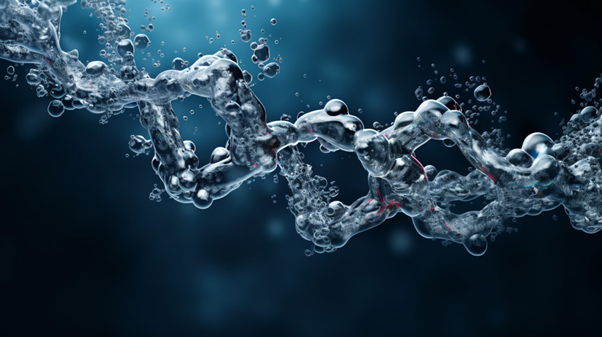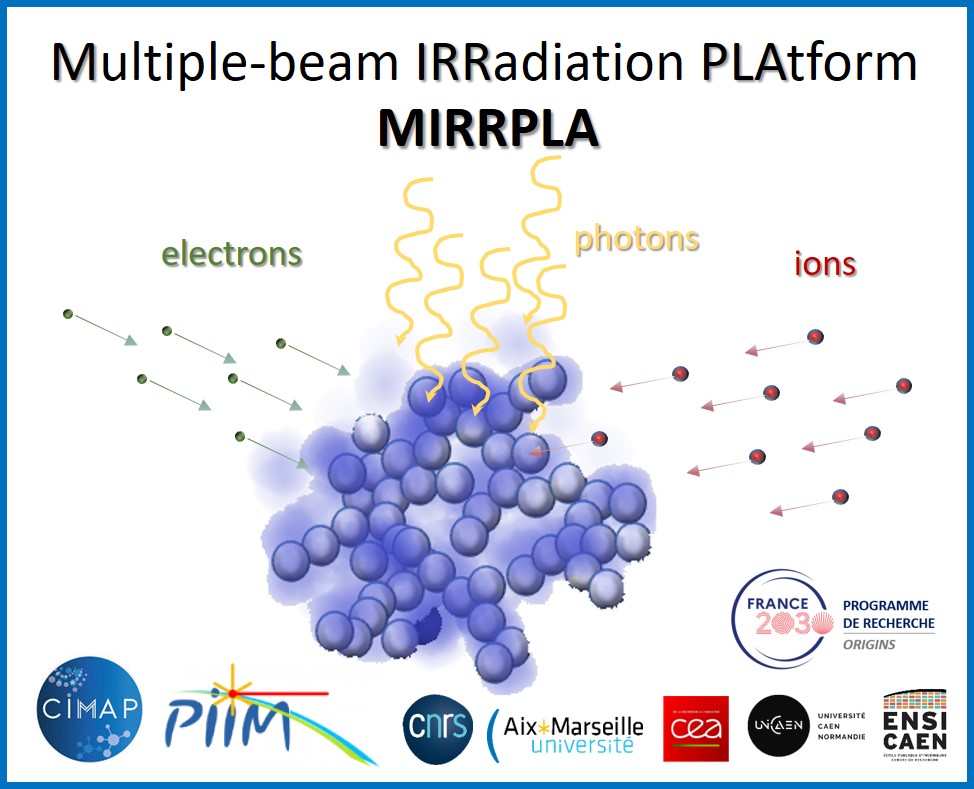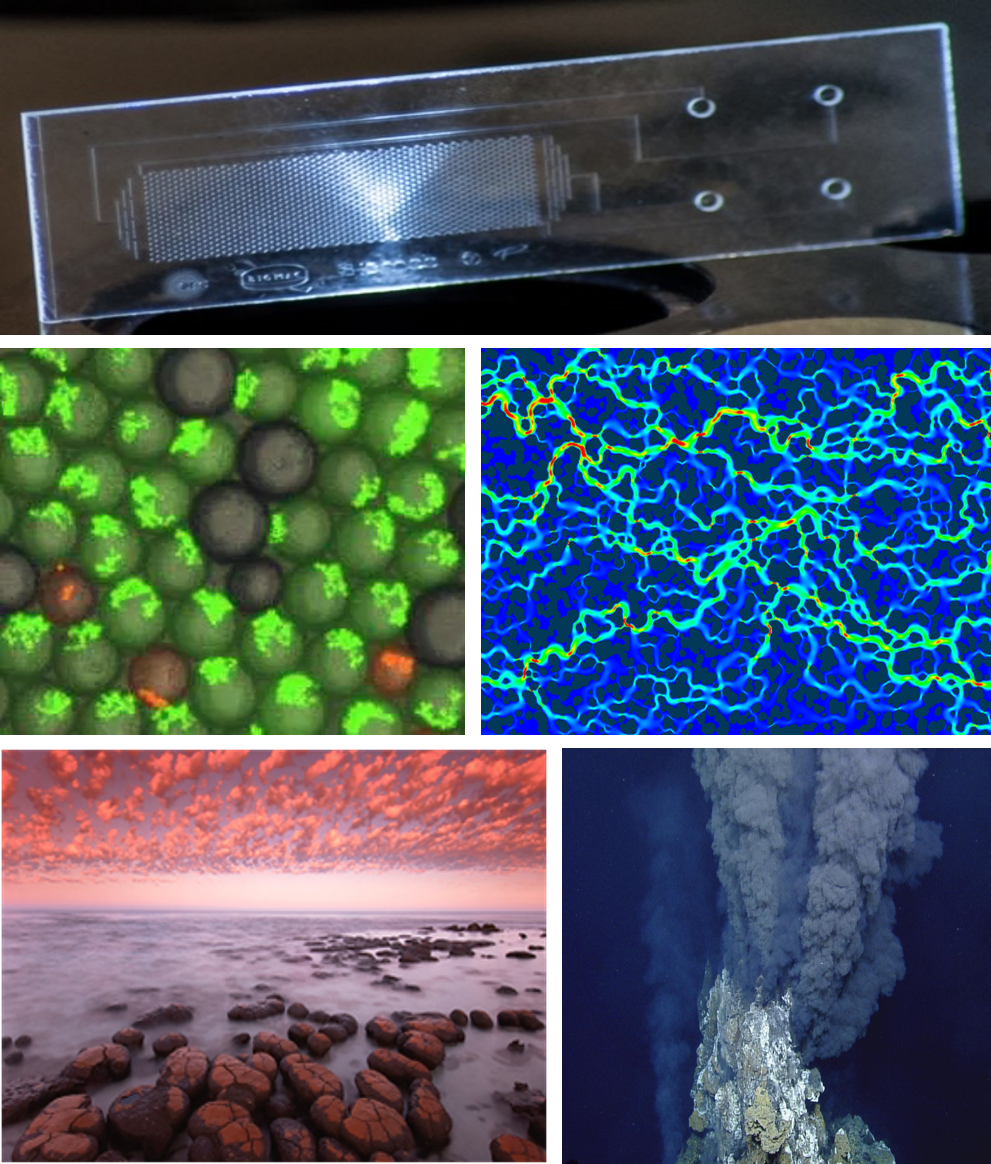
Thematic research : EXOBIOLOGY
Experiments and Bioanalyses : emergence of life
The challenge
Build experimental tools to understand the transition from non-living to living.
Overview
From the interstellar medium to the oceans of the primitive Earth on which life emerged, a succession of stages brought into play very different environments where molecular complexity could be generated and evolved, starting from simple and abundant compounds such as H2O, CH3OH, CO, NH3, H2CO on the surface of icy grains of the original dense molecular cloud, to the emergence of self-replicating biochemical structures signalling the appearance of life on our planet Earth. Understanding the continuity between the different stages requires new experimental simulation and analysis tools, which are at the heart of the developments in this area.
SCIENTIFIC
FRAMEWORK
The chemistry of life’s origins in the 21st century
- Simulate the chemical evolution of the interstellar medium at the Earth’s surface and in the hydrothermal springs at the bottom of its oceans.
- Develop new analytical methodologies to efficiently screen the molecular diversity of a given environment to identify specific chemical systems.
- Develop the tools needed to understand the first parameters enabling matter to self-organize.
The scientific framework: from the interstellar medium to the primitive Earth : from the molecular diversity of abiotic chemistry to the organization of the first biochemical systems.
Understanding the origin of life on our planet is essential to guide our strategy in the search for life elsewhere. This requires solid interdisciplinary synergy, from physics to biology, chemistry and geology. They mutually enrich each other to study the hypotheses linked to the conditions of emergence of life on Earth and the possibility of obtaining the same evolution beyond.
Life is the result of a complex chemical evolution that interacts strongly with an ever-changing planetary environment. The level of contingency is therefore extraordinarily high and may seem inaccessible. However, after decades of stagnation, studies of prebiotic chemistry are now very active worldwide, and offer promising prospects. It is not necessarily a question of reconstructing life as we know it on Earth in the laboratory, which is highly dependent on the history of its appearance and evolution on our planet, but of developing autocatalytic chemical systems that are stable over time through evolutionary processes. This new approach is based on a coherent description of the entire self-organization process, from the development of autocatalysis to (Darwinian) biological evolution, with no fundamental discontinuity. The origin of life is now considered in terms of processes rather than molecules, which means that the formation of biopolymers (i.e. peptides and nucleic acids) should not be studied as a two-stage process (monomer formation then polymerization) but rather as a global system.
Over the last ten years, studies into the chemistry involved in the origin of life have progressed at a rapid pace. The next decade looks set to be crucial for linking interdisciplinary approaches in this field. PEPR Origins will help develop new concepts and experiments to understand the sequence of reactions, from the formation of organic matter (including that brought to the early Earth from extraterrestrial sources), to its self-assembly, under early Earth environmental conditions, to form the first autocatalytic systems. In the laboratory, we will simulate the various stages in the evolution of organic matter from interstellar environments. The formation of molecules such as amino acids, nucleobases and sugars, the pathways to biopolymer formation, and the origin of asymmetry in chiral compounds will all be studied and understood through this laboratory work.
This project requires the development of new chemical reactors reproducing the conditions of the interstellar medium, the protoplanetary disk or primitive planetary environments, as well as the implementation of new analytical methods to identify self-organizing systems with similarities to processes such as those in biochemical systems and their traces. Microfluidic techniques are particularly well suited to studies at the microscopic scale, to provide information on the selection that takes place in particular chemical systems. Pattern recognition machine learning algorithms will be developed to identify autocatalytic and self-replicating systems produced in laboratory experiments.
Axis managers :
Gregoire DANGER gregoire.danger@univ-amu.fr
Hervé COTTIN herve.cottin@lisa.ipsl.fr


